Our First Time Behind the Wheel of the Hot Little Tesla
The Model 3 brings the Tesla magic to a smaller, more affordable package. However, the car isn’t in press fleets, so it’s been hard to get any time with one. Luckily, a friend of mine shared hers with me on a sunny Saturday morning.

The car looks a lot like its big brother, the Model S. The designers managed to capture the same flowing shape in a foot-shorter package. The grill-less nose resembles a Porsche, while the taillamps are generic-looking, lacking the chrome garnish of the S. My white Tesla Model 3 Long Range wore satin finish chrome trim and the optional 19-inch wheels.
Not a hatchback, the Model 3 has a rear trunk, but it looks roomy. The “frunk” in the nose would easily accommodate some modestly proportioned soft luggage. What you won’t see at either end is a motor or other technical component—as it rarely needs service, it’s tucked away.
The Inside Story
Stepping inside before our test drive, I was impressed by the overall quality of the car. Tesla doesn’t use animal-based leathers, so the seats and steering wheel feel good, but there is no new-car aroma. The Model 3 seats are comfortable and supportive, and felt that way from the moment I sat down in the driver’s chair.
You can adjust the seats (manual standard, electric with the Premium package), and as with pretty much everything else, the central screen becomes a storage repository for those settings. The screen is so critical that even the glovebox opens only with a virtual button on the screen.
The steering wheel contains two little balls at the thumb positions. These have multiple uses, depending on which item you’re attempting to control. You can adjust the outside mirrors and steering wheel this way, for example, as well as the typical audio volume and station selection.
The Sky Above
Covering the entire rear half of the car is a stunning glass roof. The glass over the driver and front passenger is only part of the premium package. None of the glass opens, but it certainly lets the world in.

The gleaming piano black center console pops open to reveal a rubber surface that will hold two cell phones. Press them onto the charger and they connect to the car. Below this panel is a deeper storage bin. My friend says the surfaces are magnets for fingerprints.
In the rear, the seat is surprising low, with a short cushion. Despite providing sufficient legroom, is not very supportive for long distance travel. That’s likely the price you pay for the car’s low, sleek profile. It’s a sedan, not a crossover or hatchback, much lower than, for example, the Chevrolet Bolt.
A Minimalist Dash
The dash is stunningly plain, with a wood veneer strip and slim vents behind the big center panel. The vents themselves are adjustable from the center screen, and you can use your fingers to configure where the air is going, which is kind of fun. You only see the slot, so the air is distributed more subtly.

I found that the screen’s center-mounted position means you’re less likely to consult it underway—or pay attention to speed, for example. But at 15 inches, it is big enough to show you a lot at a glance, and the UX design is state of the art.
The steering column stalks have basic functions only, with the center panel serving up most controls. The left stalk controls windshield wipers and washers, but you can configure more on the screen. Windshield cleaning is completely automatic by default. The right stalk controls the automatic transmission settings. If Autopilot is engaged, pressing D (Drive) twice initiates it. However, this car did not have Autopilot enabled, as the owner didn’t add $5,000 to get it included, and there apparently are some software updates to come to make it fully operational.
More Central Control
Audio controls, like everything else, are accessible from the center panel. The current selection appears on the lower strip of the right side, under the navigation system map. Swipe up to enlarge the panel, and you can choose from a wide variety of digital channels, as well as FM and the contents of your phone. Many blends and specialized stations appeared, although I didn’t spend time experimenting with them. The sound was excellent, although I don’t know the brand or the size/quality of the speakers, which were tucked away unobtrusively.
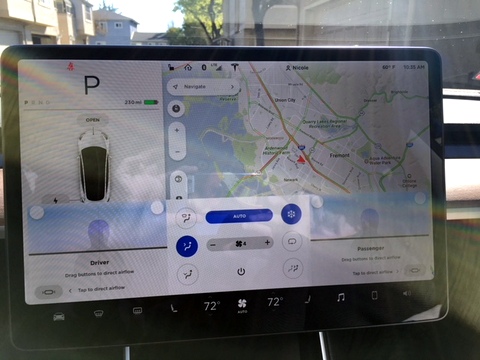
The doors open electrically with a small button at the top of the grip—it would be easy to miss it. The window drops slightly first, and then you can push the door open and step out. The door panels are quite plain compared to the Model S. This is an area where mass production necessitates simple, straightforward components.
Out on the Road
I placed the gear selector into D and pressed lightly on the accelerator and off we went. Driving someone’s personal car meant I was especially careful. We drove down the street and made a right onto a residential road. I tried pressing harder on the pedal, and the car moved out vigorously. While the Model 3 doesn’t feature a “ludicrous mode” like the S and X, it is good for 5.1 to 5.6-second zero-to-60 times. The steering is taut, and you can change direction with barely a touch. The suspension is firm, so the car feels planted. A big battery below the floor keeps the center of gravity low on electric cars like these.
We jumped on the freeway, where the car took off, as you’d expect. With its optional 310-mile range, the Model 3 should be a willing long-distance traveler, although the superchargers are not free for it, as they are for the Model S and X. The standard Model 3, out later this year, will feature a 220-mile range battery, which is still good for most local travel and competes closely with the Chevrolet Bolt.
Big Brother
The Model 3’s efficiency is beyond reproach. The EPA gives it ratings of 136 MPGe city/123 highway/130 combined. The Greenhouse Gas and Smog numbers are perfect 10s, as expected. You can’t really do better than that today.

My friend also has a Model S, so I could compare the cars side by side; I even drove the Model S briefly after my Model 3 test drive. Both cars have the quick acceleration you’d expect from an all-electric vehicle, although the S is more dramatic, about a second faster zero-to-60. The swirling shapes featured in the Model S’s interior are not part of the Model 3’s more straightforward, linear inside. The Model 3’s relegation of all displays and controls to one centrally mounted panel is completely different, too, as the Model S supplements its huge vertical center screen with a traditional instrument panel display.
Dimensionally, the Model 3 measures nearly a foot shorter nose to tail than the Model S, on a wheelbase that’s just 3.3 inches shorter. It’s four inches narrower, too. Tesla weights vary depending on battery size and features, but this 3 is more than half a ton lighter. The Model S has 30 cubic feet of storage versus the Model 3’s 15, and the S’s hatchback is more practical.
The real difference is in the feel. The Model S proudly wears the mantle of a luxury sedan while the Model 3, not as much. The screen-oriented user experience creates a “car of the future” ambiance, but the layout and presentation are not as impressive. The plainness is reminiscent of a new Volvo, with less bling.
The Price & Visible Flaws
However, that’s easily attributable to price. A new Model S 75D starts at $74,500, while the Model 3 starts at just $35,000. However, you can’t order the base car now, because all of the first batch of Model 3s have the long-range battery (310 miles vs. 220) and Premium Upgrade. You can also opt for special paint (anything but black costs extra) and the gorgeous 19-in wheels. In fact, I saw another friend’s configuration screen for his Model 3, and for now, it’s basically a choice of color and wheels.

My Tesla Model 3 Long Range test vehicle came to $52,500. With enhanced autopilot, it would be an additional $5,000.
The Model 3, however impressive, is not without flaws. If you look closely, there are some slight fit and finish alignment issues inside and out that are not expected in a car with a price above $50,000. While these are not deal breakers, they show that as the company takes on the Herculean task of building a car in larger volumes, some items are simply not getting done as perfectly as they are on a brand-new Kia.
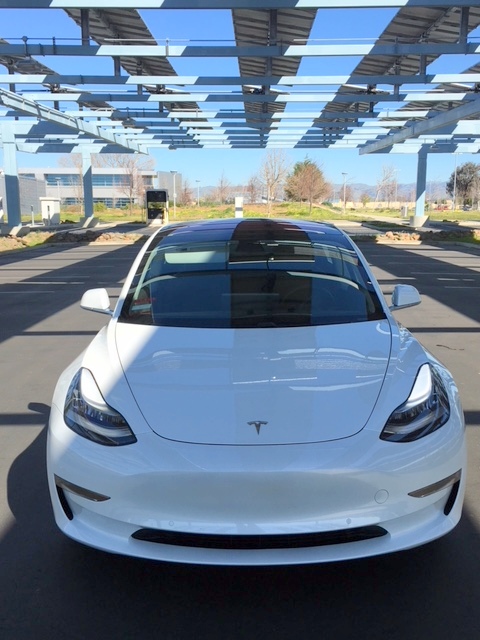
While I only spent an hour and a half with the car, part of that time behind the wheel, I was impressed at how smooth and strong it felt, its quietness, and how enjoyable it was to drive. The styling is quite nice on the outside, while the interior proved comfortable, if subdued. With a hatchback and the smaller battery for $35,000, the Model 3 would be an impressive direct challenger to the Chevrolet Bolt, new Nissan Leaf and other EVs to come.
One thing to think about, though. My friend told me that research had shown that for many Model S buyers, their Tesla purchase was a stretch—much higher than they had ever spent before on a car. I think some Model 3 waiting list dwellers will take the plunge and go for the car, warts and all, even if it’s a bit out of their comfort zone. There’s emotion in the Model 3.
Related Stories You Might Enjoy: More Model 3 News & the Chevy Bolt Competition
News: First Tesla Model 3 Deliveries
News: Tesla Model 3 Production Starts
Road Test: 2017 Chevrolet Bolt
Personal: One Year with the Chevrolet Bolt
Because we know you’re curious, Steve’s photo collection from test drive is below:
Flash Drive: Clean Fleet Report “Flash Drives” are concise reviews of vehicles that include the major points and are easy and quick to read. A “Flash Drive” is often followed later by a comprehensive test drive review.


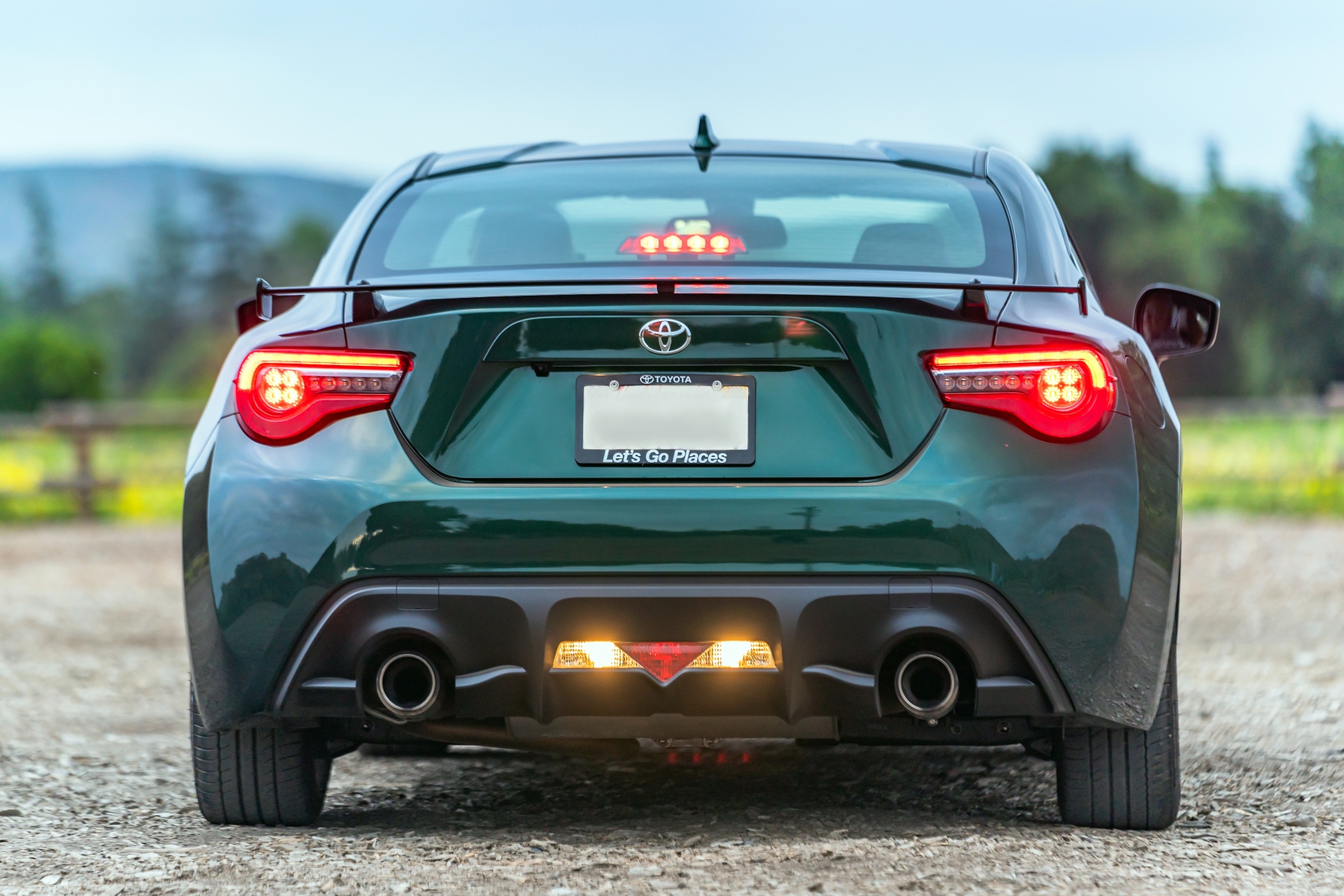
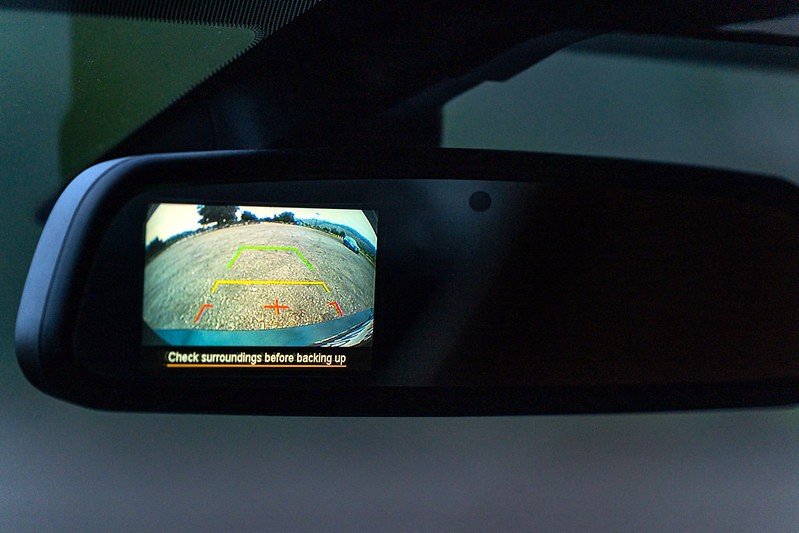

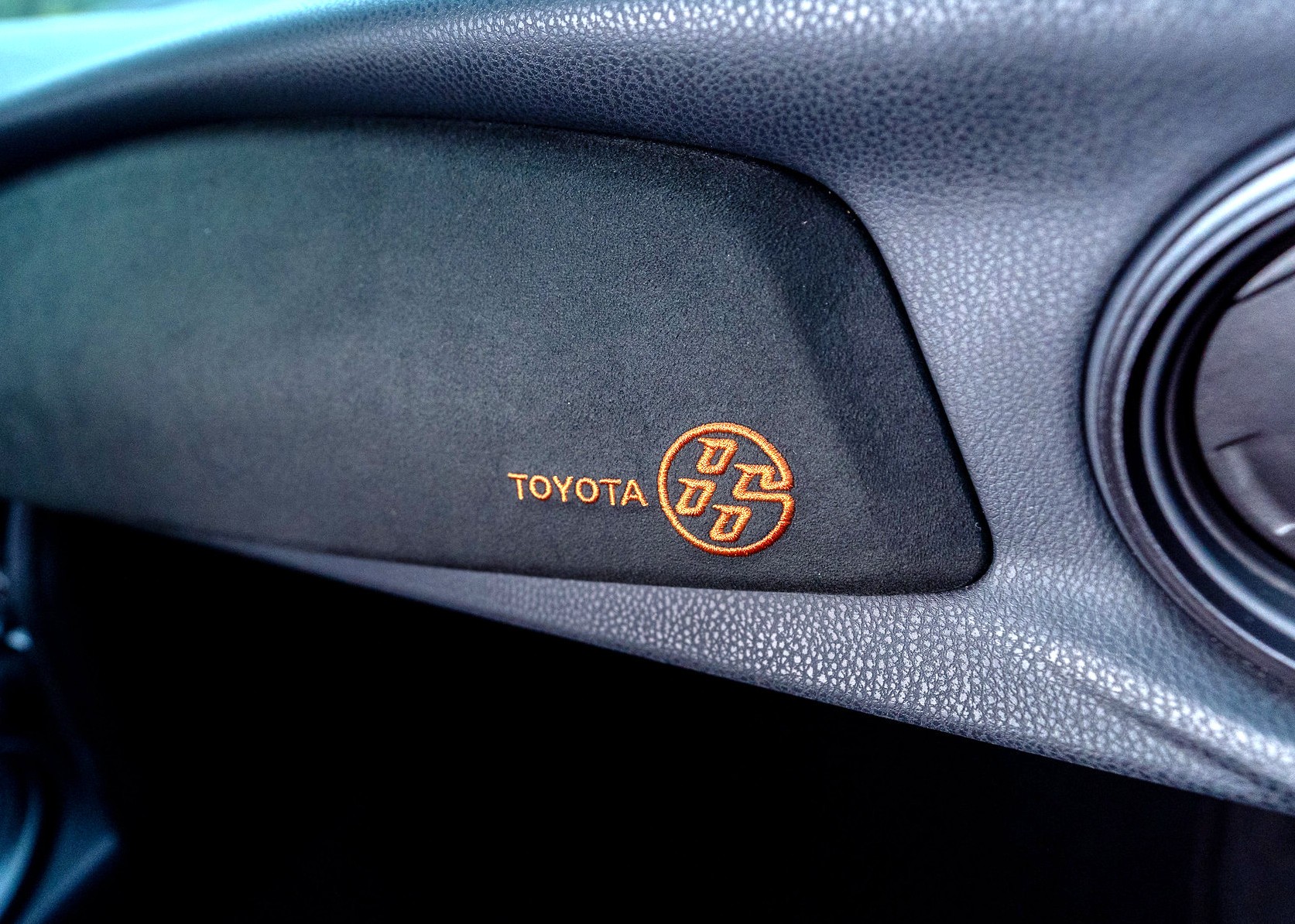
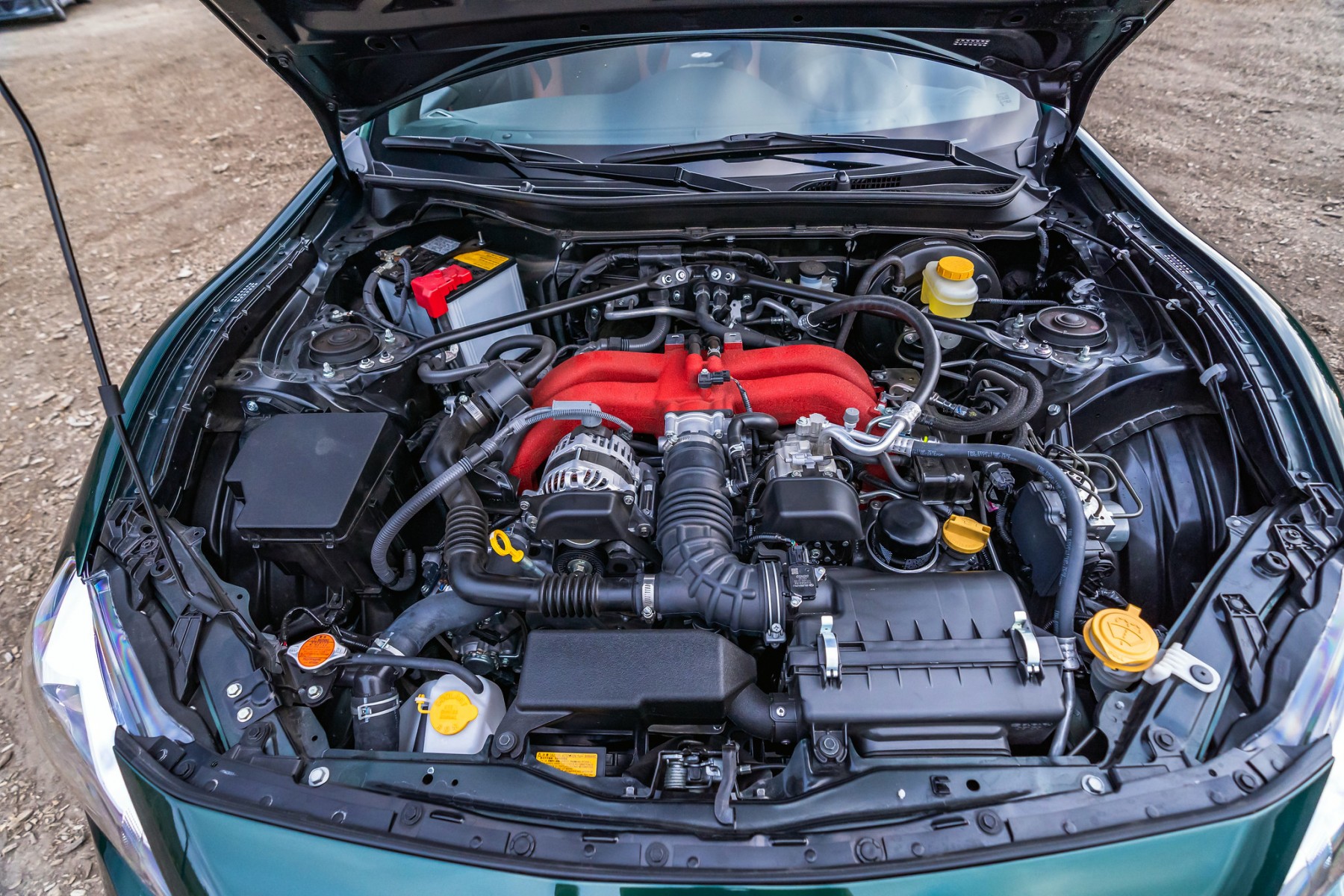

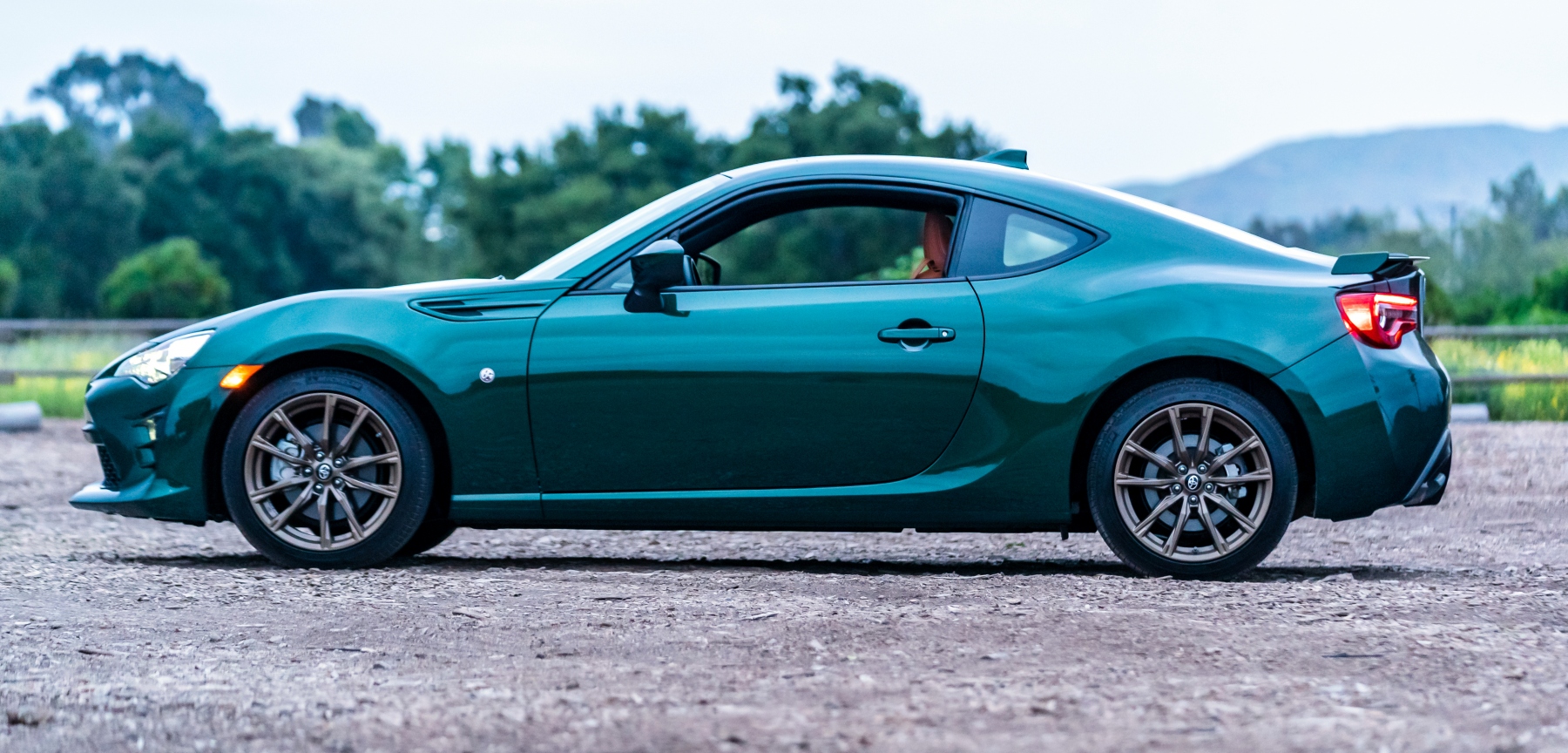
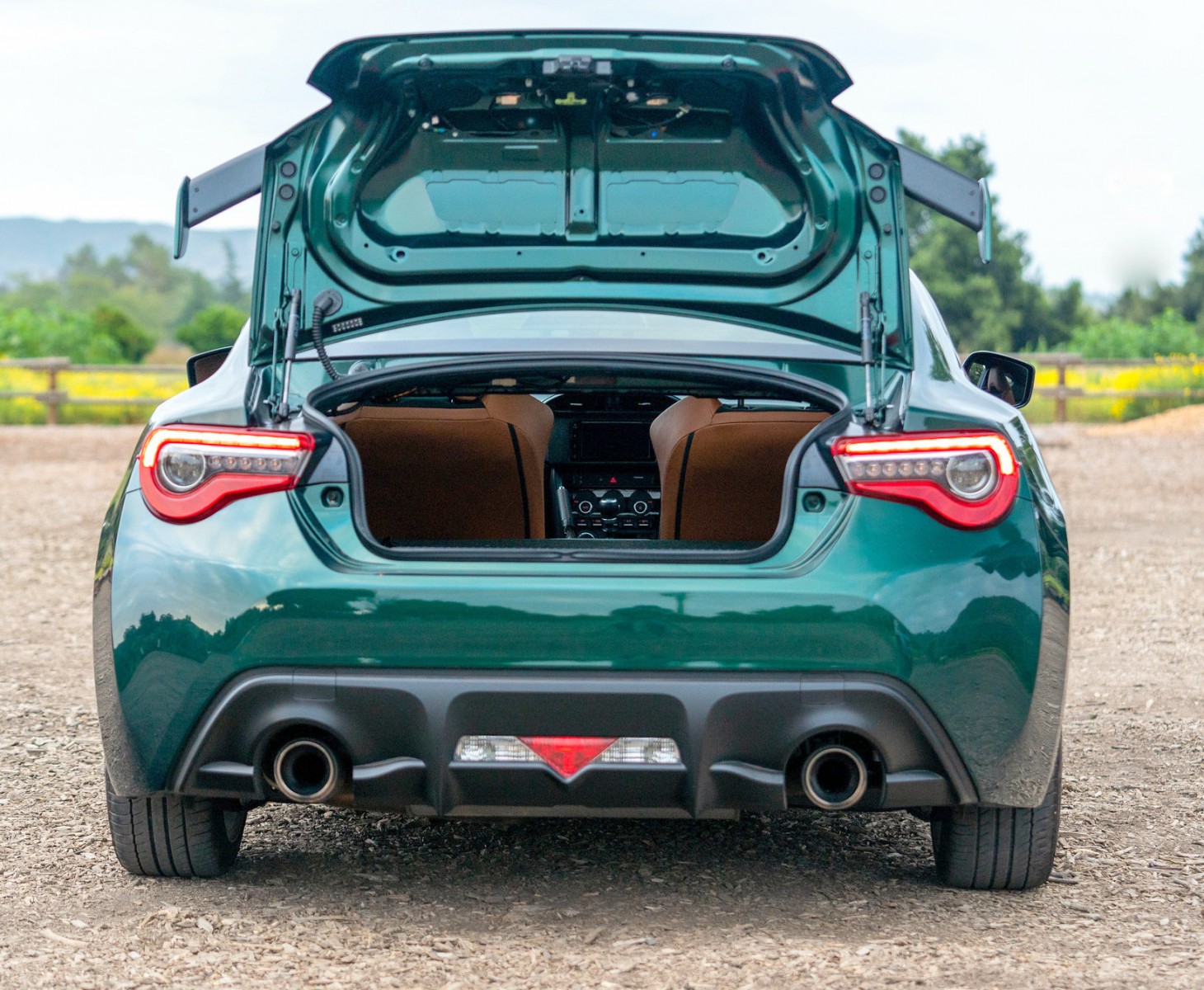
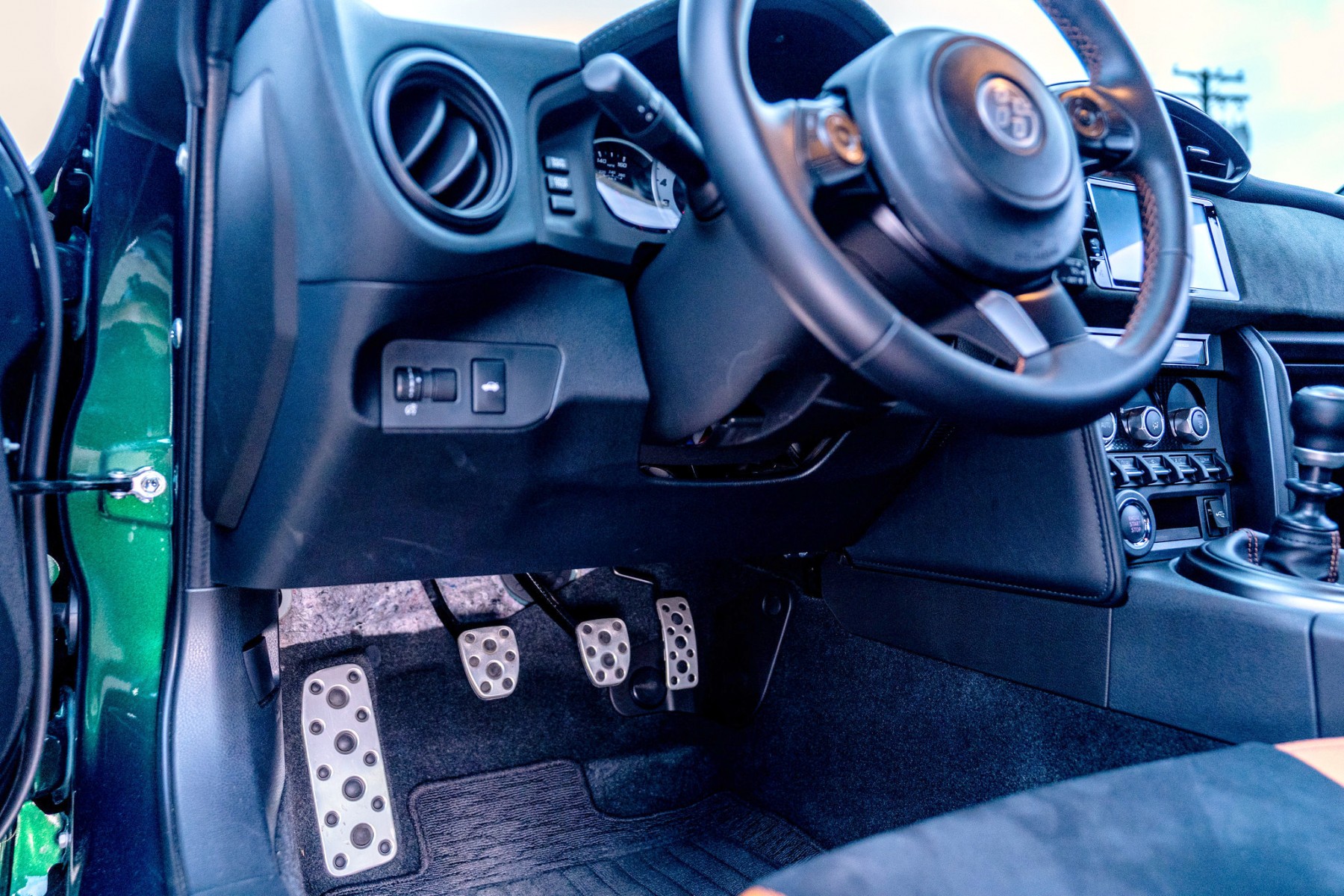

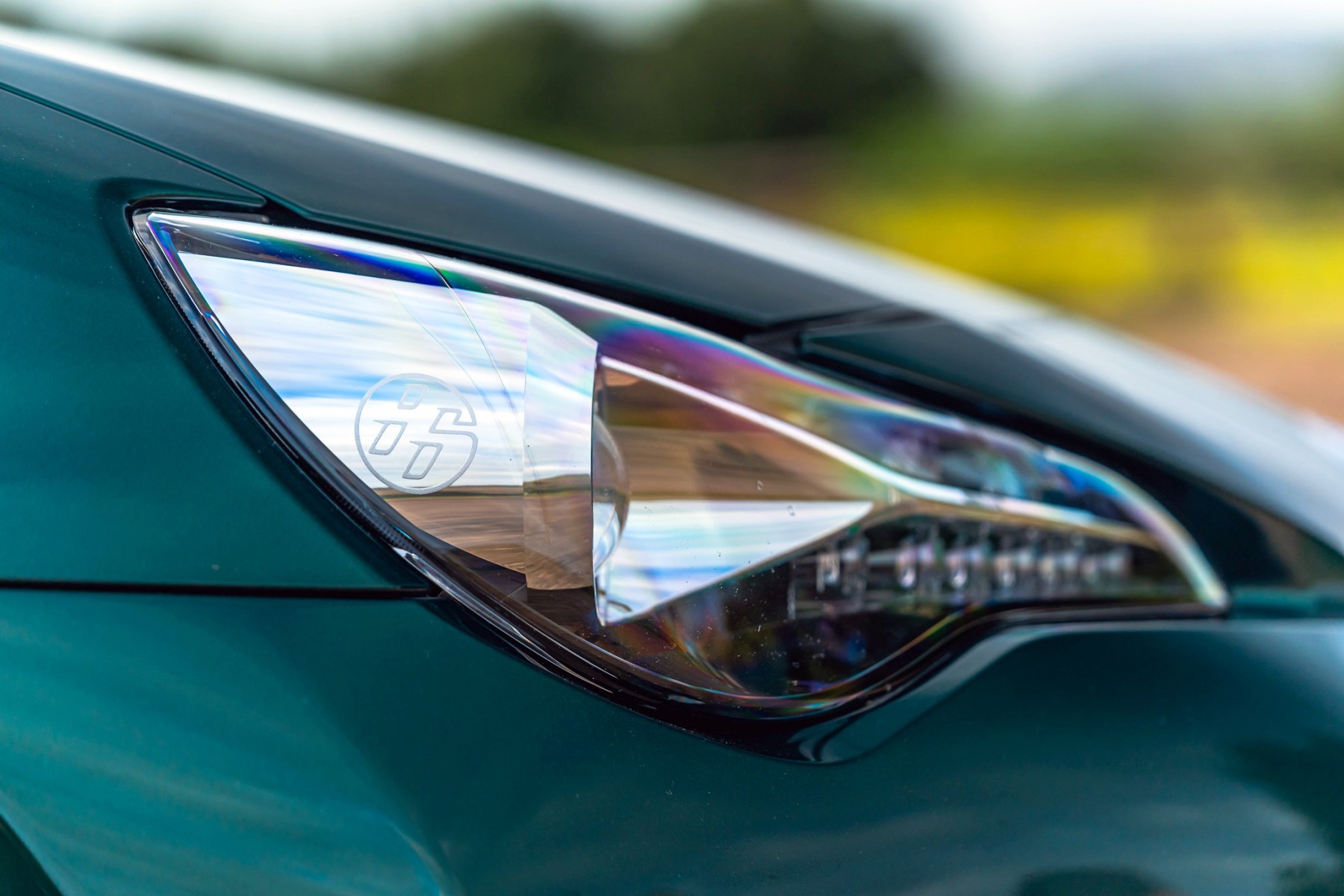

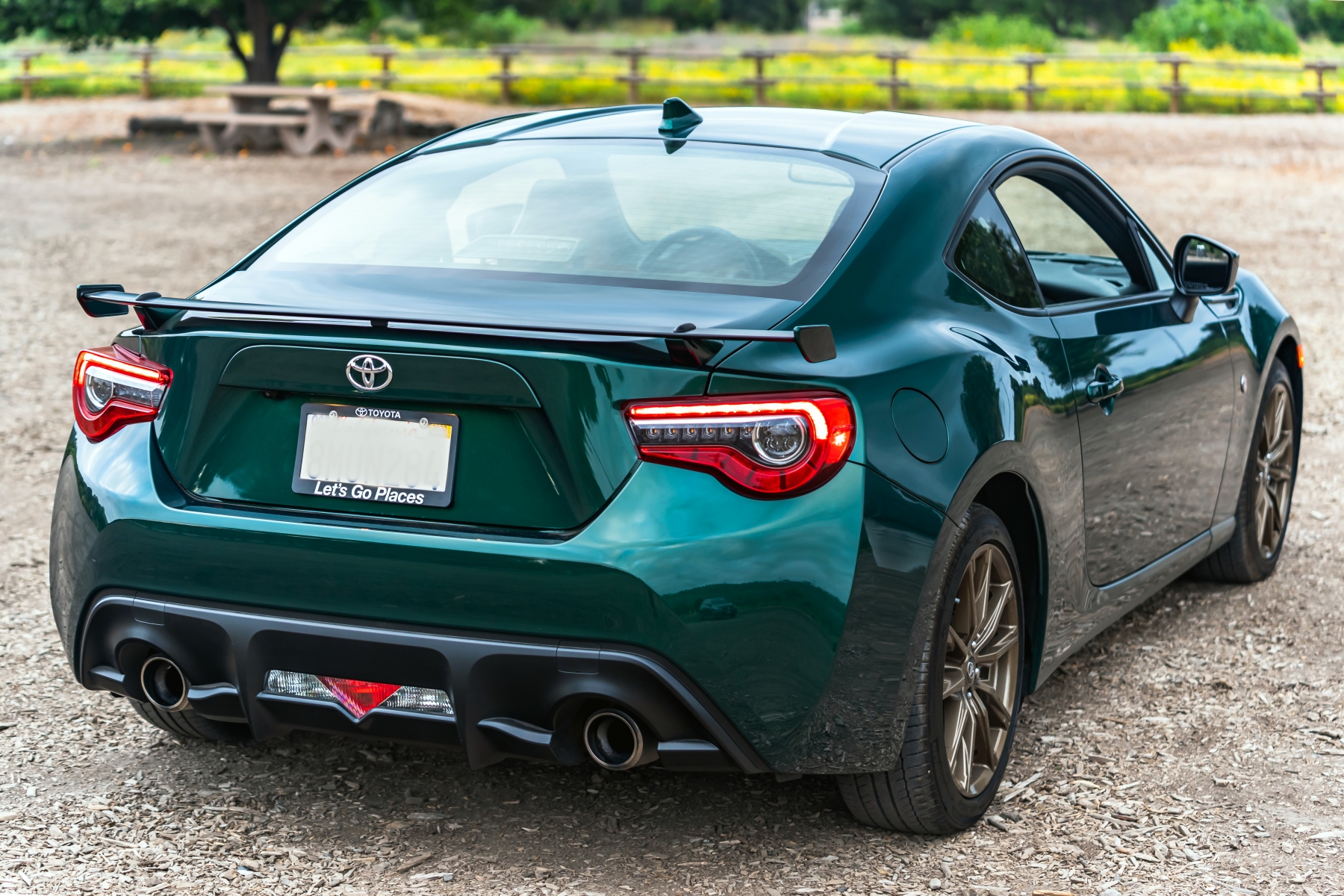

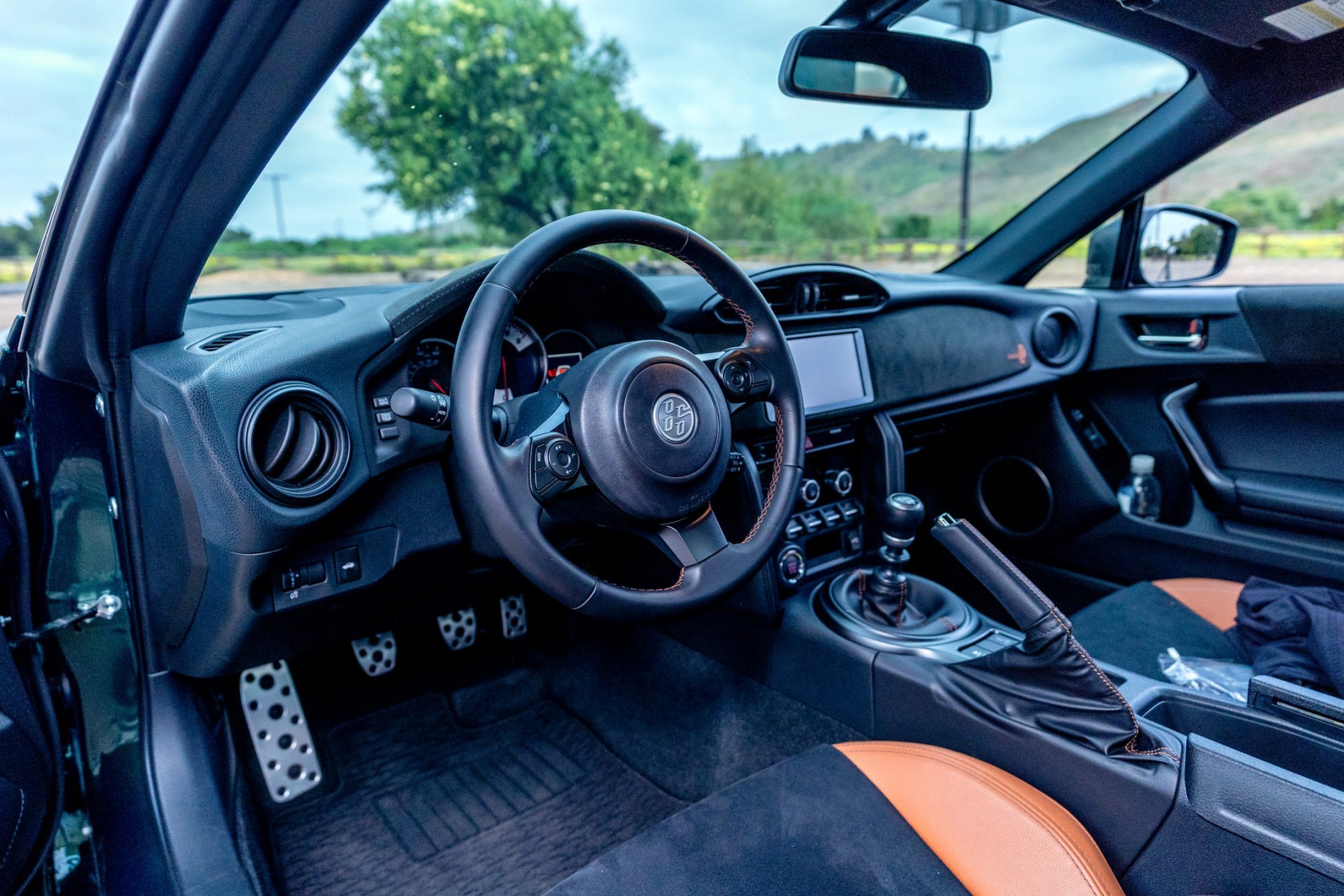
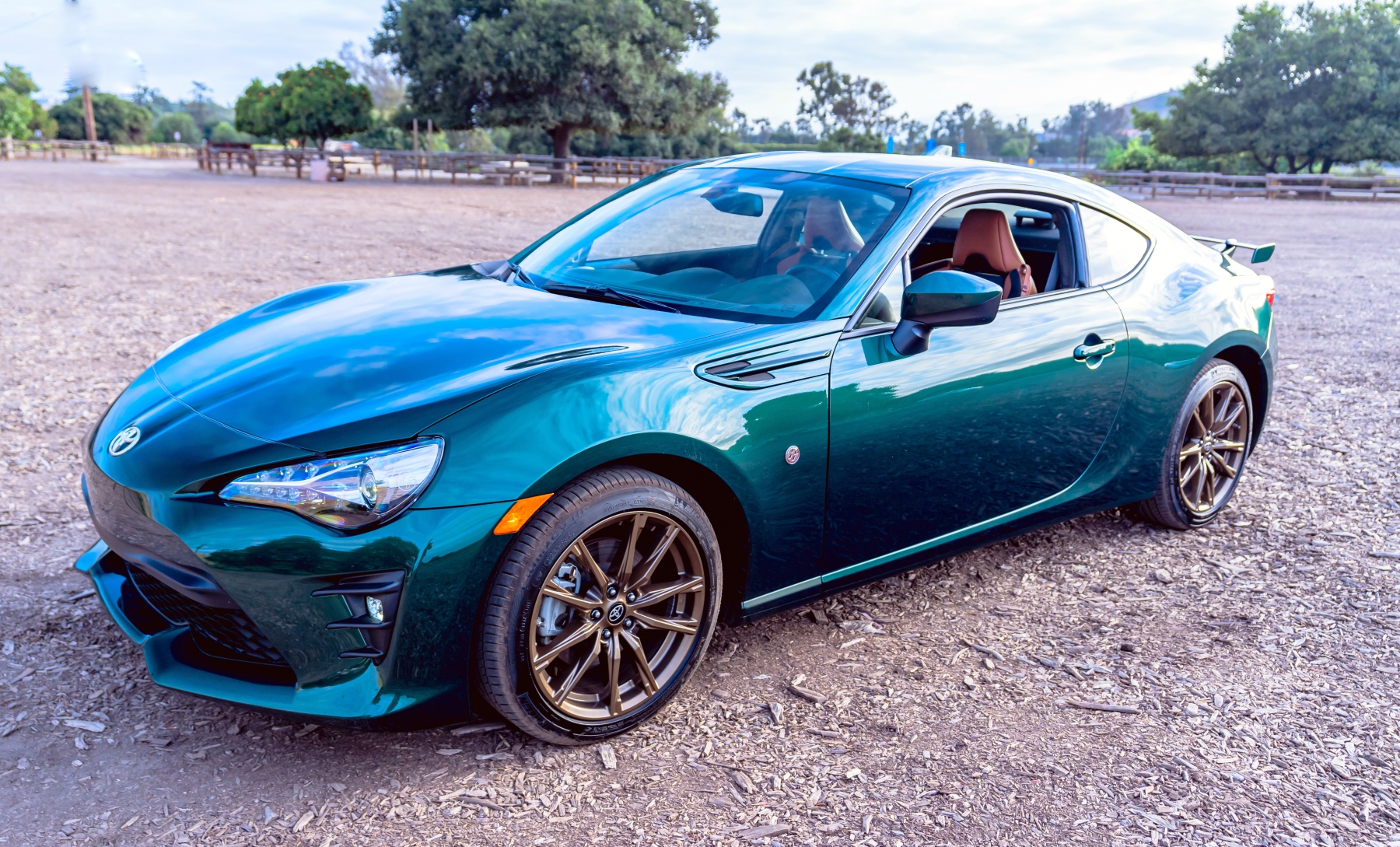
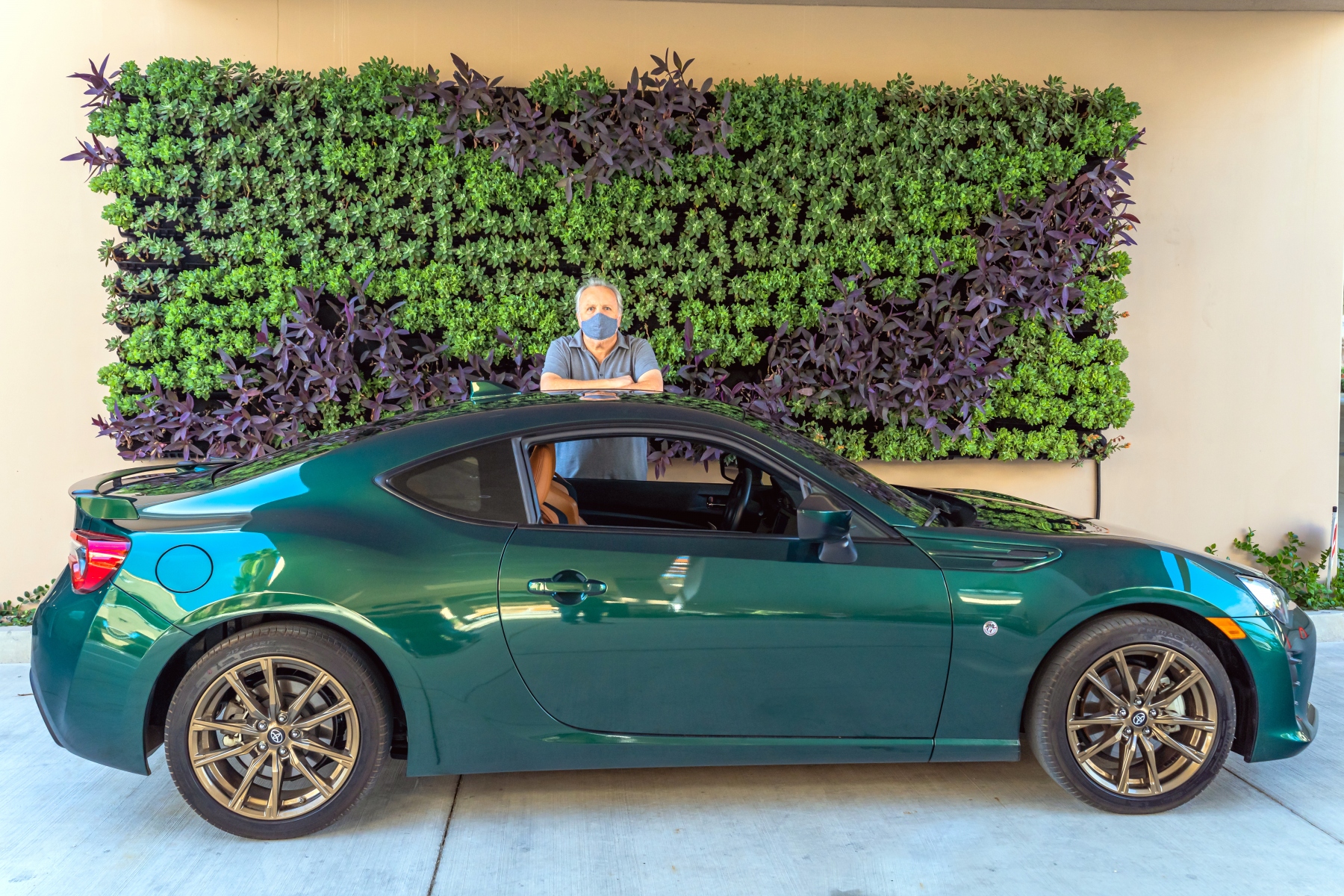
5 thoughts on “Flash Drive: Tesla Model 3 Long Range”